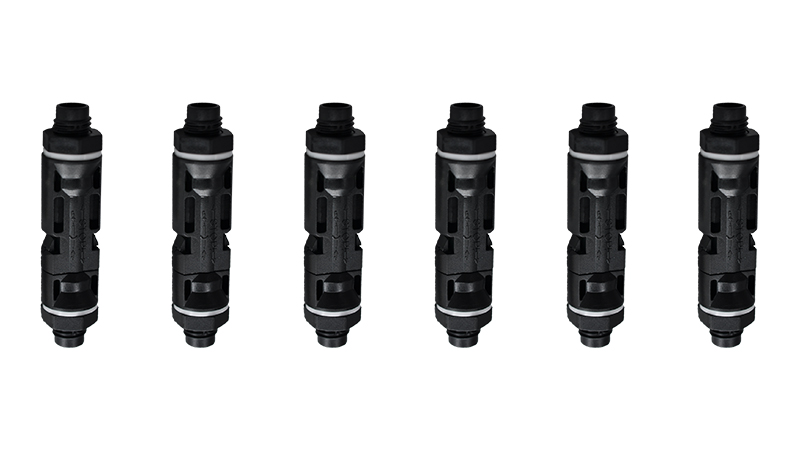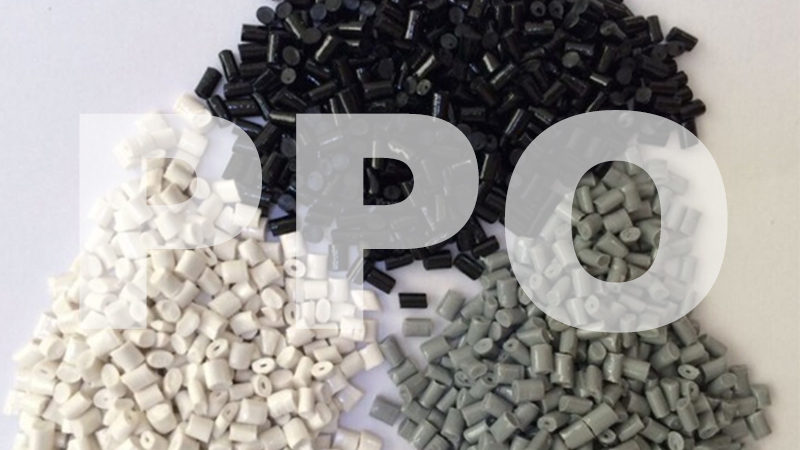How to choose the right photovoltaic solar connector? A guide to help you easily buy!
Photovoltaic solar connectors play a vital role in solar energy systems, and choosing the right connector is crucial to the efficiency and reliability of the system. So, how to choose the right photovoltaic solar connector? Below, I will provide you with some practical tips to help you buy easily.

Step 1: Know the rated voltage and current of the connector
First, you need to know the rated voltage and current of your solar system. The rated voltage of the connector should match the voltage of the system to ensure a safe and stable connection. Usually, the rated voltage of photovoltaic solar connectors can reach 1000V, but there are other rated voltage options. In addition, it is also necessary to ensure that the rated current of the connector can meet the needs of the system to avoid overload and damage.
Step 2: Consider water resistance and weather resistance
Solar systems are usually installed in outdoor environments, so the waterproof rating and weather resistance of the connectors are very important. The waterproof level is generally expressed in IP codes, such as IP68 connectors that can be used underwater for a long time without being affected. In addition, the connector should have good weather resistance and be able to resist adverse conditions such as ultraviolet light, high temperature, low temperature and humidity.

Step 3: Select the appropriate wiring method
The connection mode of the connector has an important impact on the performance and security of the system. Common wiring methods include crimping, plugging and threading. Crimping is a common wiring method that tightly connects the wire to the connector contact surface through pressure to provide reliable electrical contact. Plug and pull connections are more convenient for installation and maintenance, but may be less stable. The threaded connection is suitable for some scenarios that require a more solid fixation. Choose the appropriate wiring method according to your own needs.
Step 4: Consider the structure and material of the connector
The structure and material of the connector are directly related to its durability and reliability. A good connector should have a strong structural design to ensure a solid and reliable connection between the plug and the socket. At the same time, the material of the connector is also very important, common materials include copper, aluminum alloy and engineering plastics. Copper has good electrical conductivity and corrosion resistance and is a common conductor material. Aluminum alloy has the characteristics of lightweight and oxidation resistance, suitable for some special environments. Engineering plastics have good insulation properties and weather resistance.
Step 5: Choose a brand with certification and quality assurance
Finally, in order to ensure the purchase of high quality and reliable connectors, it is crucial to choose a brand with certification and quality assurance. Certifications and standards ensure that connectors comply with relevant industry codes and requirements, such as certification by the International Electrotechnical Commission (IEC). At the same time, choosing a brand with a good reputation and long-term market experience can also provide better after-sales service and support.

To sum up, the selection of the appropriate photovoltaic solar connector needs to consider the rated voltage and current, waterproof grade and weather resistance, wiring methods, connector structure and material and brand certification and other factors. By understanding the needs of your system, you can choose the right connector to ensure the efficient operation and reliability of your solar system.
The above is about how to choose the right photovoltaic solar connector guide, I hope to help you. If you have other questions or want to buy photovoltaic solar connectors, please contact us.